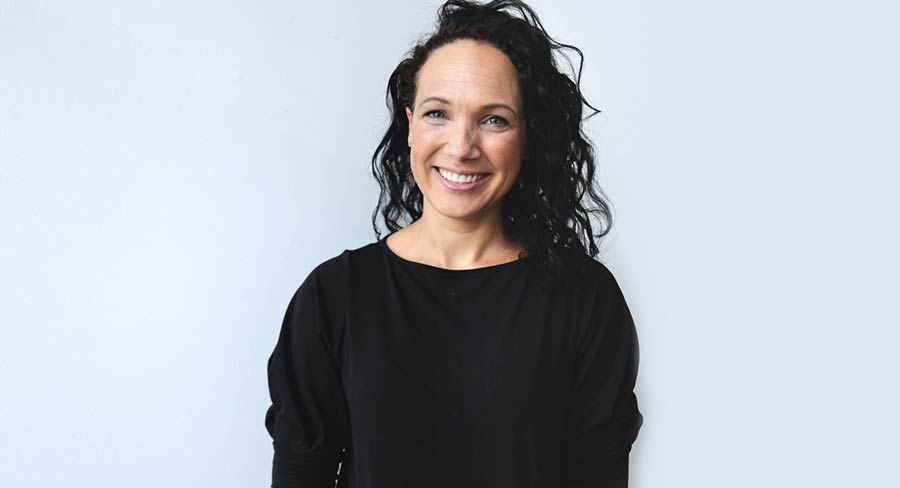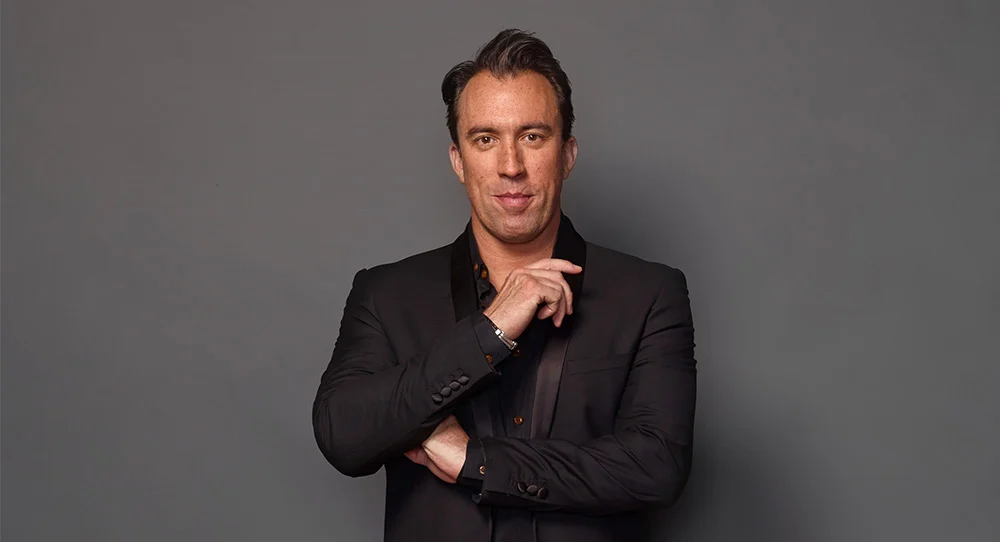The Australian Radio Network’s (ARN) decision to expand Christian O’Connell’s breakfast show nationally via the DAB+ band in three major cities is “something of a missed opportunity,” radio industry consultant James Cridland told Mediaweek.
Yesterday, the broadcaster announced that O’Connell’s Melbourne-based show will now be heard in Sydney, Brisbane, Adelaide, and Perth. But there’s a catch.
In Sydney, the show will air on the Gold 101.7 FM frequency – a shift that bumps the existing breakfast duo, Jonesy & Amanda, into the Drive slot. However, in Brisbane, Adelaide, and Perth, the program will only be available on the DAB+ digital band.
“Younger people are listening to the radio for less time,” Cridland explained.
“Given KIIS has a younger target audience when compared to Gold, I think there’s a real opportunity for ARN to put KIIS onto DAB+ in those cities because younger audiences are more likely to access radio through the apps and online.”
The difference between DAB+ and FM
Commercial Radio Australia (CRA) defines DAB+ radio as a digital broadcasting technology that delivers radio services via digital transmission, rather than traditional analogue signals like AM or FM.
DAB+ stations can be accessed in most new cars, online, and on dedicated digital radio sets.
However, when it comes to audience ratings, DAB+ doesn’t receive the same treatment as FM. Only the station’s cumulative audience (cume) is measured, not its market share.
Cridland expanded on this, explaining that the reason DAB+ stations are only measured in cume and not share is that “they would probably all be zero.”

Radio consultant James Cridland
A safe bet
An industry expert, who requested anonymity, told Mediaweek that ARN’s decision to label O’Connell’s rollout as “national” was “clearly strategic.”
“It’s a very low-risk move for them because in terms of ratings in those cities, it’s not going to have much of an impact. However, they’ll probably now try to swindle some Sydney and Melbourne buyers into investing in the other markets by using O’Connell’s show.
“Advertisers just need to be aware, though, that in those markets where he’s only being heard on the DAB+ band, they’re probably only buying less than 40–30,000 people,” the source said.
Still, DAB+ accounts for a growing slice of listening. “About 20% of all radio listening in Australia, in the metro markets at least, is over DAB+,” Cridland said.
Testing the waters?
When asked by Mediaweek if placing O’Connell on the DAB+ band was a slow-burn strategy ahead of a possible FM rebrand from KIIS to Gold in Brisbane, Adelaide and Perth, ARN’s Chief Audience and Content Officer Lauren Joyce pushed back.
She said the move was aimed at elevating those propositions [Brisbane, Adelaide, and Perth] from where they currently are, which is largely playing music based audio streams.
She continued: “If we had two FM licences in every single city, then we’d be having a different kind of conversation. DAB+ affords us the ability to present two national networks, one in the gold network, split across FM and DAB+, and one of the KIIS network that is 100% FM, on the FM band.”
Cridland, however, believes a smarter play would be to flip the networks – move Gold onto FM and KIIS onto DAB+. “Data also seems to indicate that DAB+ is bigger online, something younger audiences would gravitate towards” he said.
Using Brisbane as an example, Cridland argued: “Firstly, I would argue that they [ARN] haven’t got any competition here on the FM dial, apart from Triple M, but that’s blokes and sport.”
Currently, Southern Cross Austereo (SCA) dominates Brisbane’s FM Breakfast market, with Triple M 104.5 and B105 holding the top two spots – at 13.2% and 13.1% share respectively. KIIS 97.3 trails with a 9.7% share.
That, Cridland says, could shift with a network swap: “I would argue that doing so would give them an audience that is underserved and it would be a tremendous opportunity for ARN.
“And knowing O’Connell, he will do a sterling job. Plus, if they move Kyle and Jackie O onto DAB+ and online Kyle can swear as much as he wants … everybody’s happy,” he laughed.
Still, Joyce remains firm on the strategy, warning that rolling out Gold on FM nationally would carry “both an audience and a commercial risk.”
“We need to be really mindful of the decisions that we make and where the volume of our footprint currently lies in each of the various markets,” she said.

Lauren Joyce
Networking nightmares
As recent history shows, ARN’s last major national rollout, the expansion of The Kyle and Jackie O Show, has been, in the words of CEO Ciaran Davis, an “unmitigated disaster.”
In 2023, the broadcaster signed a headline-grabbing $200 million deal to keep the duo at KIIS for another decade, which included taking their Sydney-based breakfast show into the Melbourne market.
The launch in April last year generated plenty of buzz, but Melbourne listeners weren’t sold on the show’s more explicit content. It debuted in fifth place with just 5 per cent market share and has since slipped further, from 5.8% to 5.1%.
Earlier this year, Sandilands pointed the finger squarely at management for the failure: “I blame you guys. What we should have done is roll this out nationally from day one. Put our balls in our hand and f***ing moved forward.”
However, ARN didn’t appear rattled by the criticism. Joyce later told Mediaweek the company was committed to the strategy they already have in place: “The numbers need to grow further in Melbourne before we’d be ready to make any decisions about going anywhere else.”
But for Cridland, the flop isn’t necessarily a failure of the networking model per-say. Instead, he argues, the issue is far more personal.
“I think that the only problem that ARN has had is that Kyle doesn’t really want this to work, doesn’t take direction and has produced a pretty tawdry show over the last year,” he said. “So no wonder that Melbournians haven’t really taken to him”.
So, could O’Connell emerge as ARN’s great networking hope?
Cridland certainly thinks so: “He would be really good in this market because he’s more than just a seasoned broadcaster, O’Connell understands the business end of radio- his first job in the industry was selling advertising, so he totally understands how to deal with that part as well,” Cridland added.
In a network play where audience growth and brand safety need to coexist, that rare mix of creative and commercial instinct might just be ARN’s smartest bet yet.
